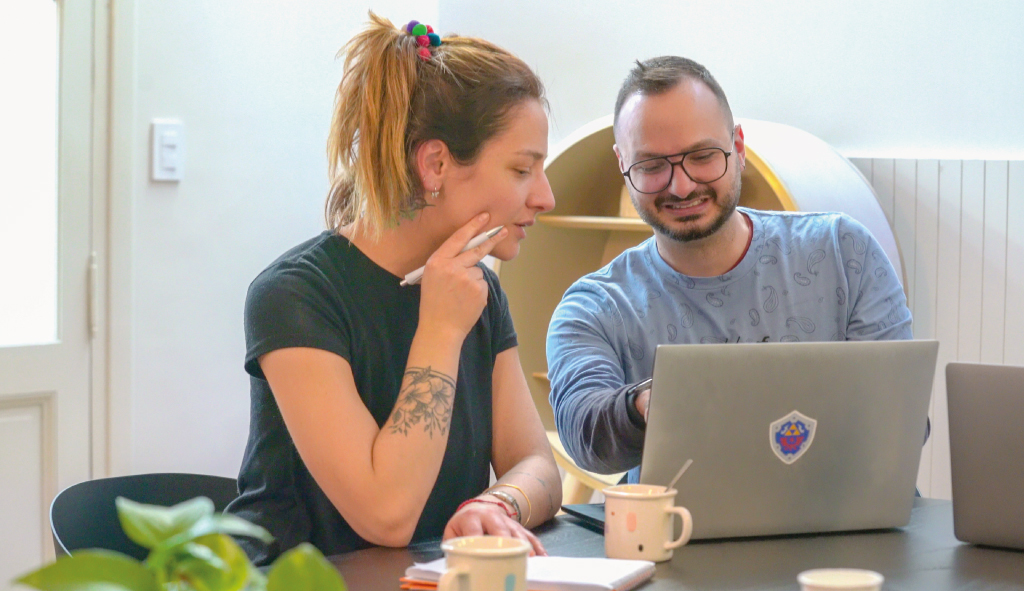We believe that every person, regardless of their background or native language, has the right to comprehend their medical information, which may require translation services.
When it comes to the handling of electronically Protected Health Information, the utmost care must be taken in order to adhere to HIPAA regulations regarding privacy and security measures. Here’s how the Terra team handles translation projects containing ePHI.
First Things First

Before kicking off a translation project containing ePHI, we typically have a call with the client to better understand their needs, expectations, and special considerations. If they have concerns about cybersecurity measures or want to learn more about the HIPAA-compliant team that will handle their projects, we will walk them through our training program and introduce them to the strong culture of compliance we promote.
Receiving a Project
Once everyone is on the same page and the client is ready to send their first project, they usually do it through a secure file transfer platform (of their preference) where they upload the files containing ePHI that require translation. Our team also receives an email from the client where the details of this project are included, such as language pair, word count, and deadline.
Assigning the Project
Next, we move on to assigning the project to a Terra account manager (AM) trained in HIPAA compliance. The AM opens the assignment email, analyzes the request, and downloads the files that need translation from the client’s platform to their encrypted devices. From there, they upload them to Terra’s secure storage platform. Then, the AM shares the project details with a project manager (PM) who is in charge of uploading the project to a secure translation tool, including only the vital instructions and information the translator needs to perform their job, and assigns it to a linguist selected from a list of already approved vendors.

Translating & Editing
When we’re ready to move on to the translating and editing stage, our trusted HIPAA-compliant linguist receives a notification about the assigned project and proceeds to translate it within the secure translation tool. The access this translator has to the project files is controlled, limited to view-only, and removed once the project is completed.

After the translation is performed, the next step is editing and an editor reviews the final version, making sure there are no spelling, grammar, or formatting errors.

Final Delivery
After editing steps are finalized, the project is ready and the PM in charge delivers the files to the client through the client’s secure platform. The final files are uploaded to our own secure storage platform for a set period of time in case they are needed in the near future, and after that period is over, the files are deleted.
The Takeaway
Terra ensures a secure and compliant ePHI translation process, prioritizing confidentiality and integrity. Clients can trust their sensitive healthcare information is safe thanks to Terra’s commitment to maintaining the highest standards in handling electronically Protected Health Information.













































